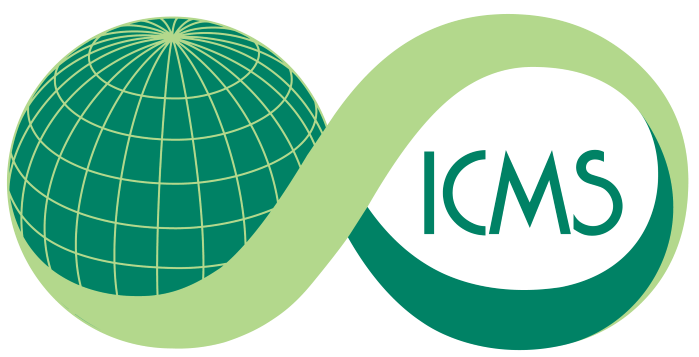CfS Research Day: Statistics in the World of Covid-19
The Statistics in the World of Covid-19 CfS Research Day gathered experts in the analysis of Covid-19 data to discuss current strategies and future developments in Scotland and the UK. The event provided a unique opportunity for debate and interaction with a variety of UoE leading researchers working on Covid-19, ultimately leading (we hope!) to interdisciplinary joint projects and grant proposals.
Session 1: Covid-19 in Scotland and the UK: help from the data
Session chair: Glenn Marion
Speakers:
- Katie Allison
- Mark Woolhouse
Session 2: Covid-19: What models do we need?
Session chair: Nicolò Margaritella
Speakers:
- Andrea Doeschl-Wilson
- Simon Wood
Recordings of the talks can be found here
Talk Titles & Abstracts
Katie Allison (COVID Public Health Directorate)
Covid-19 Infection Survey in Scotland
The Covid-19 Infection Survey was developed by the Office for National Statistics and the University of Oxford in response to the pandemic and began recruiting participants in Scotland in September. The UK-wide survey helps track the current extent of infection and transmission of COVID-19 among the population as a whole. As well as looking at overall incidence, the survey will be used to examine the characteristics of those testing positive for COVID-19 and the extent to which those infected experience symptoms. This talk is designed to be accessible to the general public and will focus on how the survey works and findings from the survey.
Mark Woolhouse (Usher Institute)
Interpreting Data During a Pandemic
Responding to an emergency is invariably a messy, complex and unpredictable business. There is a very good understanding of what data are needed in the earliest stages of a pandemic and how they need to be used. The main problems are the the practical issues of data transfer and the linkage of multiple data streams. Over time, our understanding of what data are relevant grows, but will depend on the precise nature of the public health threat: it could be environments, behaviours, movements, demographics, health records, genetics, gene expression or any of many other possibilities. The relevant data for a COVID-19 response are completely different from two of the biggest health concerns of the 1990s, mad cow disease and AIDS. The governance of health data in the UK is not designed to be fast or flexible; during an emergency it needs to be both because we cannot be sure in advance what we will need.
Andrea Doeschl-Wilson (The Roslin Institute)
Insights from infectious disease studies in animal populations for Covid-19 and vice versa
Covid-19 not only presents unprecedented challenges to governments for devising effective disease control strategies, but also to the statistical and epidemiological models on which these are built upon. Pooling resources from different disciplines is paramount for combatting pandemics such as Covid-19. This has been exemplified by the Scottish Covid-19 Response Consortium (SCRC), which rapidly adapted their statistical and epidemiological models originally developed for infectious diseases in livestock populations to Covid-19. In this talk I will share some insights from expanding our Bayesian methods to infer epidemiological parameters for Covid-19, and from recent disease transmission experiments and field studies in livestock populations that would be difficult to assess in humans. Examples include the influence of diverse sources of heterogeneity on disease transmission dynamics, and the effectiveness of interventions with limited efficacy in reducing virus transmission on subsequent disease severity and deaths. In turn, Covid-19 also invites the livestock community to rethink current approaches for disease control in livestock.
Simon Wood (School of Mathematics, University of Edinburgh)
When did Covid-19 incidence peak in the first wave: an assumption light approach
Using published fatal infection duration information, and the ONS daily death with Covid series for the UK, or NHS England hospital Covid death series, a simple Bayesian inverse problem approach suggests that incidence of fatal infections was in decline several days before full UK lockdown on 24 March. The inferred incidence combined with a simple SEIR model also implies that the average pathogen reproductive rate, R, was below 1 before full lockdown. Superficially these results appear to contradict Flaxman et al. (2020, Nature), who concluded, from similar data, that incidence continued to increase up until the eve of lockdown with R barely dropping before then. However, relaxing the assumptions on R built into the Flaxman model brings the results into line with those reported above.

Supported by:

Sponsored by:
CfS Research Day: Statistics in the World of Covid-19
Online

